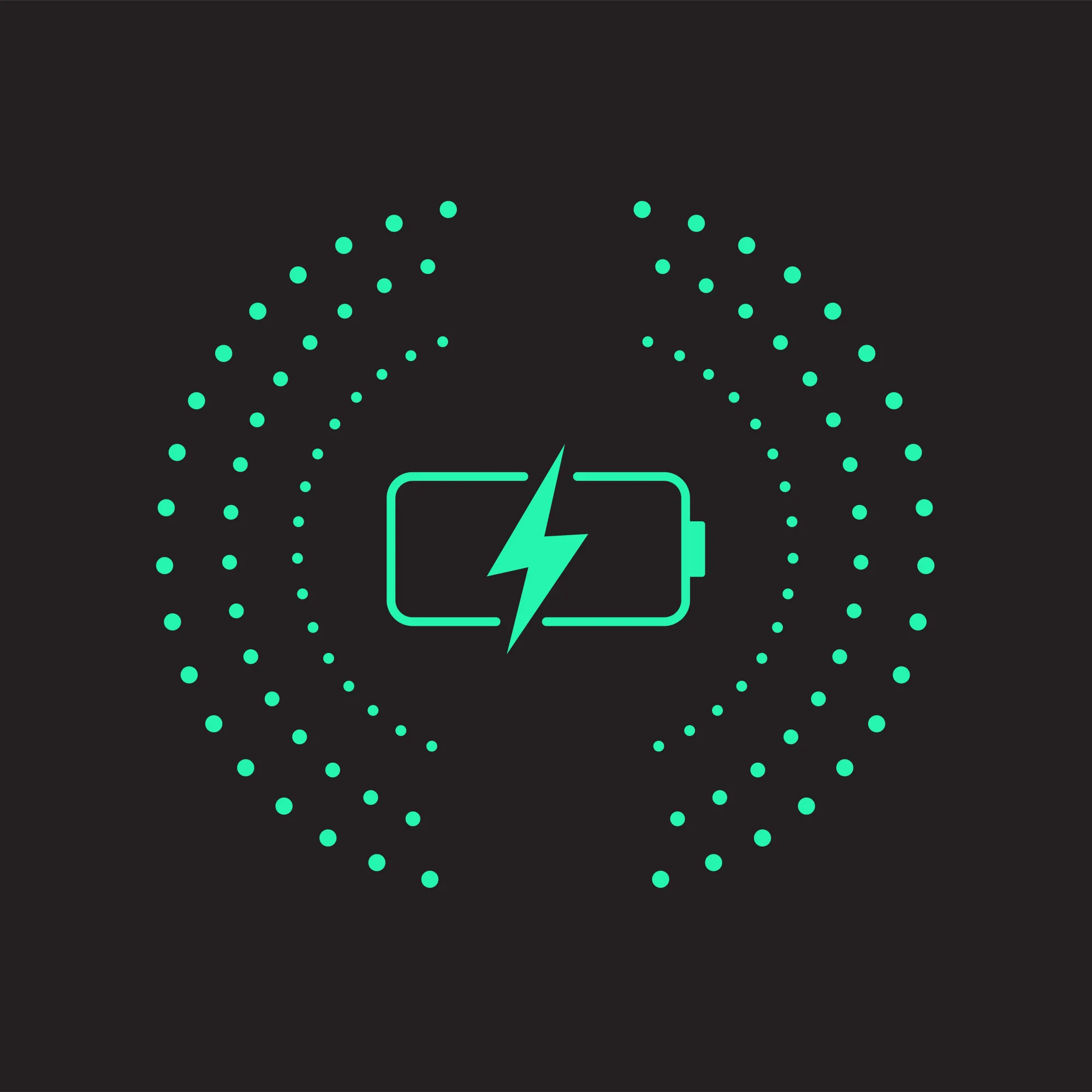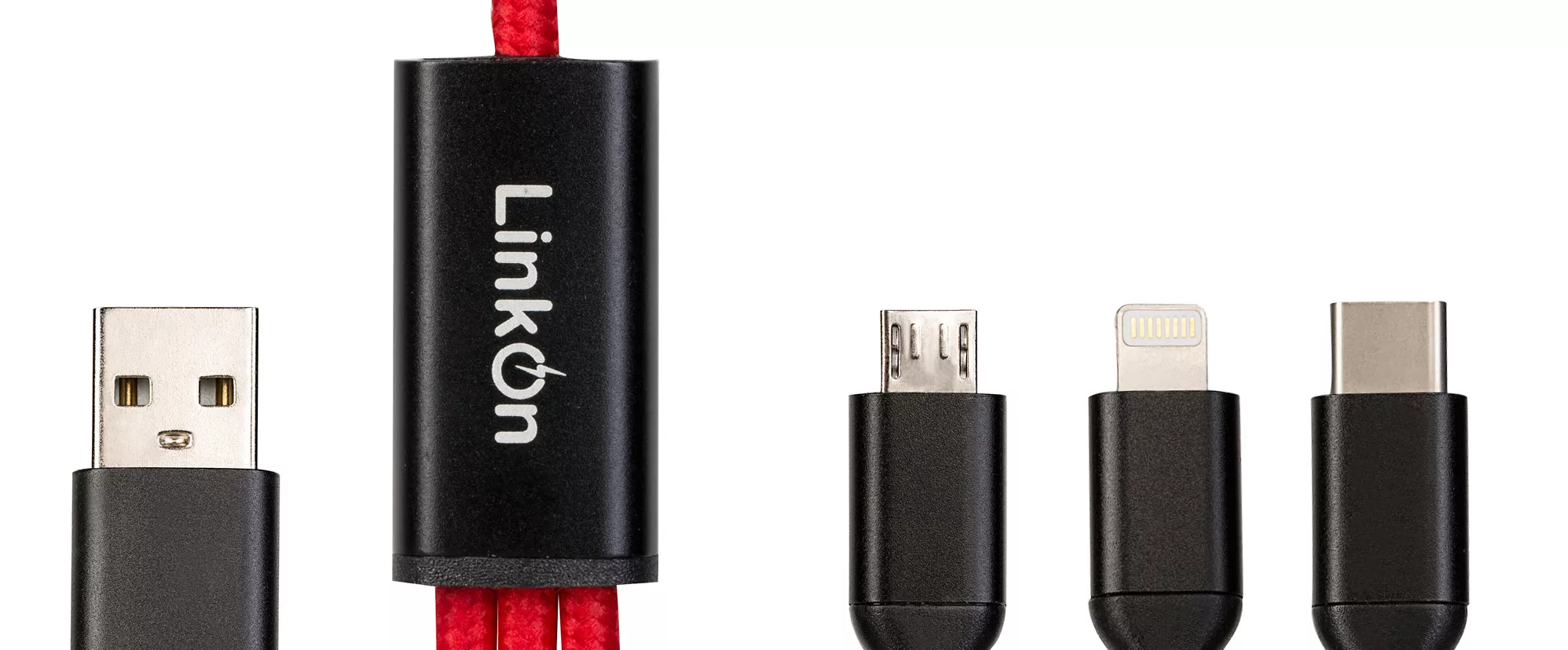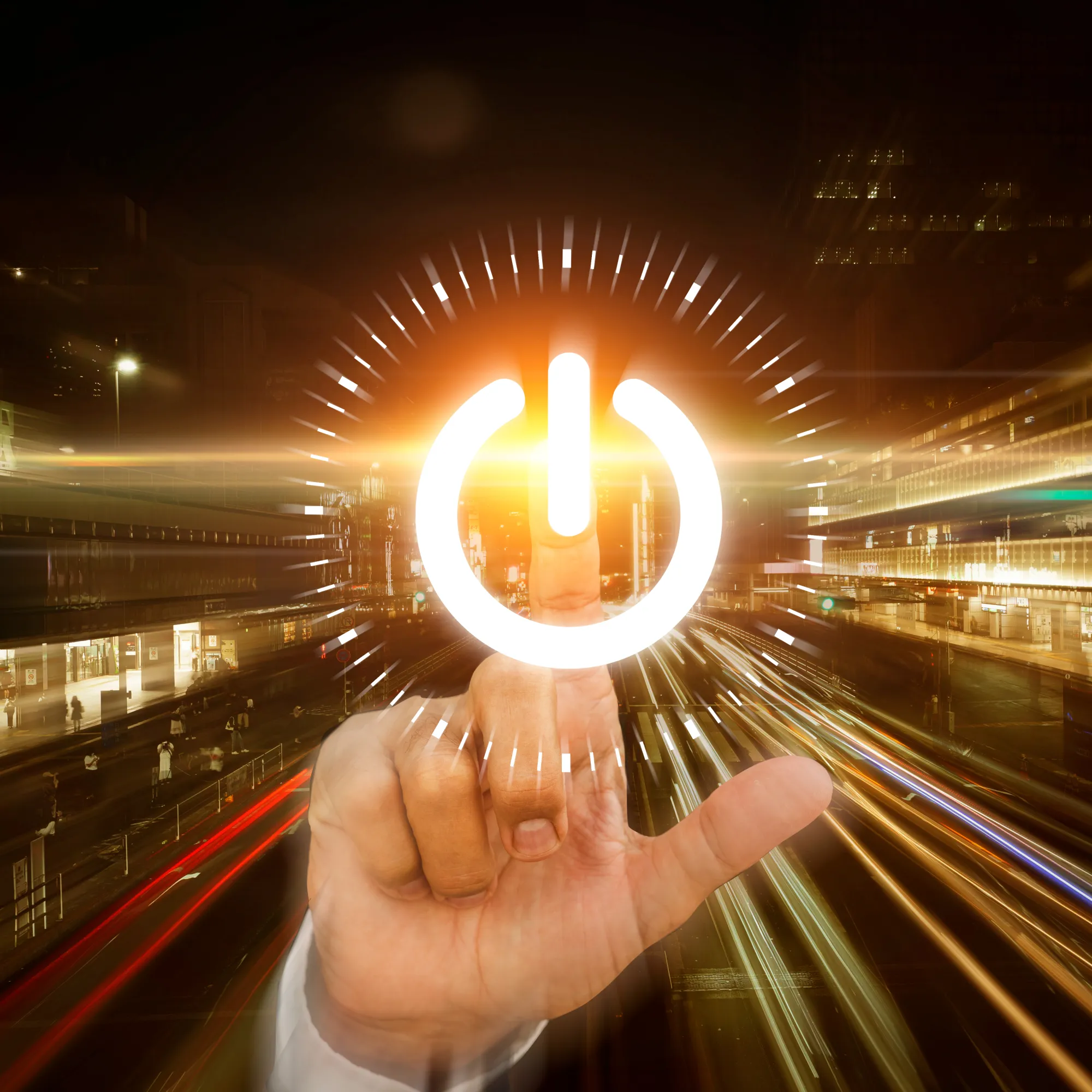
Fast Charging Explained: What It Is And Why It Matters in 2025
Fast charging has gone from a luxury to a daily necessity. With phones, tablets, laptops, and even headphones needing regular juice, nobody wants to be stuck waiting hours for a full charge. But what exactly is fast charging, and why does it matter more than ever in 2025? We all have heard about new fast charging features allowing getting a smartphone battery from 0% to 50% for 30 minutes. However, what about from 0% to 100%? Does it mean you will get full for an hour? How does fast charging work and could it be even faster?
What Is Fast Charging?
Being mobile and staying connected wherever and whenever has become essential for a lot of our day-to-day lives. As technology advances, devices need more and more power, but that would essentially mean bigger and bigger batteries that take way too long to charge. There needed to be a way to charge quickly, but at the same time - safely. The faster you charge a battery the more heat is generated by the chemical reactions within the battery. As the battery gets full, the heat increases even more. That could not only destroy the battery, but even cause further damage.
A more intelligent charging mechanism was required which allows controlled charging speed, based on the percentage battery charge. When the battery is empty, there is much lower risk of overheating so the charging speed could be much higher than when the battery is near getting full.
While chargers have much bigger control over charging speed, only the device itself can track accurately its battery level, so in order for fast charging to exist safely, they need a way to communicate. Most fast charging systems involve a negotiation between your device and charger to determine the optimal voltage and current. The device requests what it needs, and the charger delivers accordingly. This helps maintain battery health while speeding things up.
Mobile devices are used everywhere: cars, coffee shops, airport lounges, even sunny park benches. This means they’re exposed to a wide range of temperatures. If you're charging your phone in a hot environment, the battery can quickly heat up—sometimes even more than expected. Add the natural heat produced during charging, and you’ve got a recipe for potential overheating.
Even with smart charging speeds, heat remains a concern. That’s why the most advanced fast charging technologies today actively monitor battery temperature. This allows the charger to automatically slow down when things get too hot - or boost charging speeds when conditions are cool and optimal. It’s a smart solution that balances performance and safety.
Too Many Standards, Too Much Confusion
As demand for faster charging skyrocketed, manufacturers raced to develop their own proprietary solutions. The result? A confusing mix of standards that left consumers wondering which charger works with which device.
- Qualcomm introduced its popular Quick Charge technology, which quickly gained traction among Android phone makers using its processors.
- Huawei rolled out Super Charge, while OnePlus launched Dash Charge (later renamed Warp Charge).
- Apple developed its own fast charging system, and Motorola added TurboPower to the list.
The catch? These systems weren’t compatible with each other. Borrowing a friend’s charger often meant a painfully slow charge—or none at all. It’s a classic case of competition creating more problems than it solves.
And all of this happened while a universal, open standard - USB Power Delivery (USB PD) - was already available.
The Push Toward Compatibility
USB PD, an open standard introduced around the same time as Qualcomm Quick Charge, could’ve made things much simpler from the start. But in the early days, every brand wanted to be the leader, and collaboration wasn’t top of mind. Fortunately, things are changing. As USB PD gains traction and becomes more widely supported, manufacturers are finally embracing cross-compatibility. This shift is great news for consumers. It brings us closer to a future where one high-quality charger can power all your devices—safely, efficiently, and universally.
A typical USB charger used to provide 5W. Today, chargers range from 18W all the way to 240W, thanks to protocols like USB Power Delivery (PD) and Qualcomm Quick Charge (QC). In 2025, the most common protocols include: - USB PD 3.0 and 3.1 (up to 240W) - Quick Charge 4.0/5.0 (mostly on Android devices) - Proprietary Fast Charging (Apple, Samsung, Huawei)
What’s the Best Charger for My Device?
It’s a common question and an important one. With so many options and standards out there, choosing the right fast charger can feel overwhelming. But don’t worry, here’s what you need to know to get it right.
Step 1: Match the Standard and Power Output
If you're looking for the fastest possible replacement charger, start by checking which fast charging standard your device supports. Then, choose a charger that:
- Supports the same standard (e.g. USB PD, Quick Charge, Super Charge)
- Offers equal or higher wattage output than your original charger
Want a charger that works with the widest range of devices? Your best bet is a USB Power Delivery (USB PD) charger. These are easy to spot—they always have a USB-C output port. That’s because USB PD only works through USB-C on both the charger and device side.
Step 2: Be Cautious of USB-A “PD” Chargers
Some chargers claim to support USB PD through a traditional USB-A port, but these aren't compliant with the official standard. They may be unreliable—or even unsafe. Stick with proper USB-C to USB-C chargers from trusted brands to ensure both performance and safety.
Bonus: A high-wattage USB PD charger can often power your laptop too, as long as it supports USB-C charging. That means you could travel with just one charger for your laptop, phone, and tablet. Efficient and light.
Step 3: Don’t Forget the Cable
Even the best charger can’t perform without a compatible cable. A poor-quality or mismatched cable can limit power delivery—or stop fast charging from working at all. Unfortunately, most cables don’t clearly indicate which fast charging standards they support. To avoid problems:
- Choose cables specifically made for your device or brand
- Confirm your device’s charging standard, then choose a cable rated for it
- When in doubt, test before you buy, or go with a trusted accessory manufacturer


